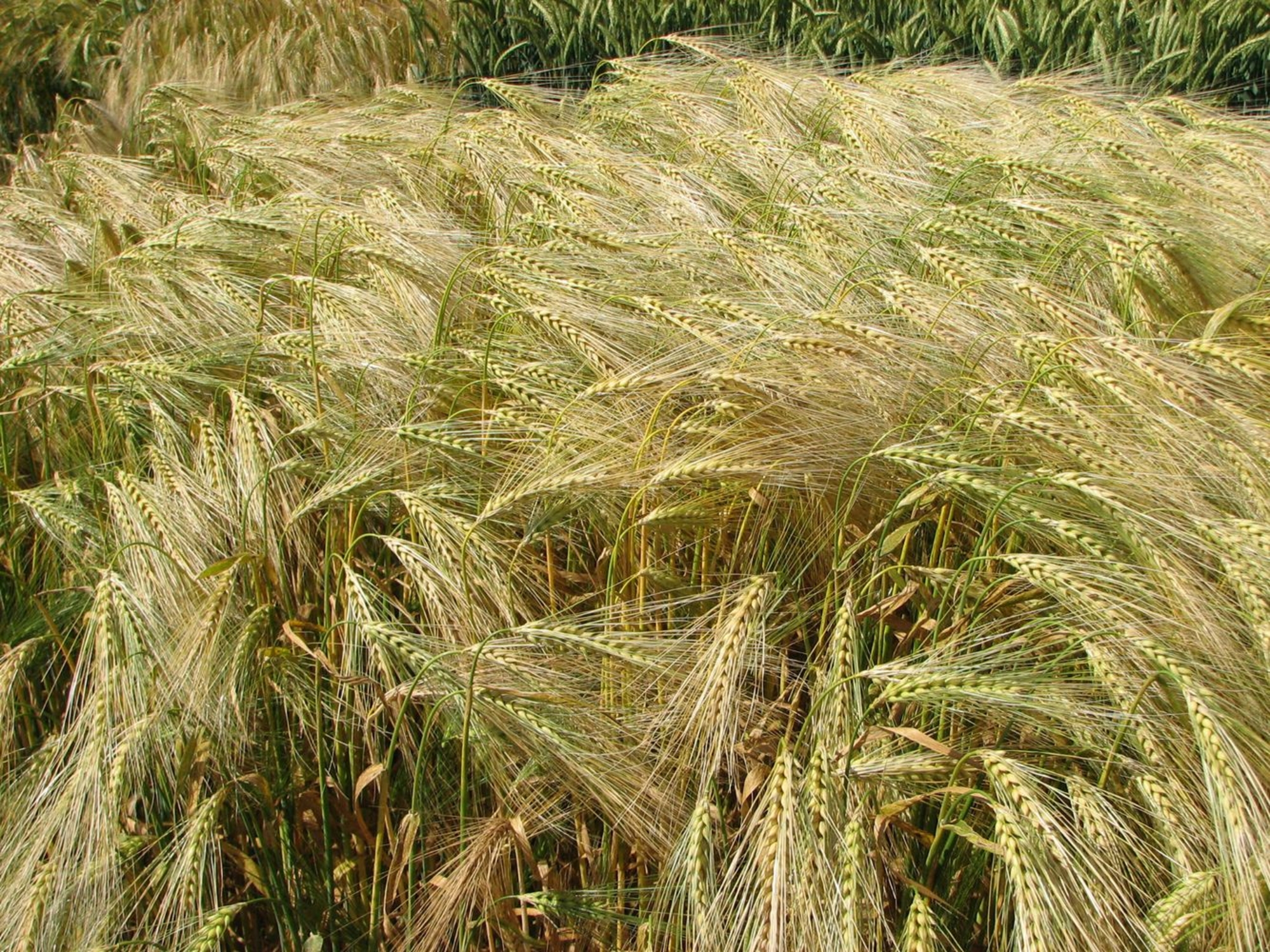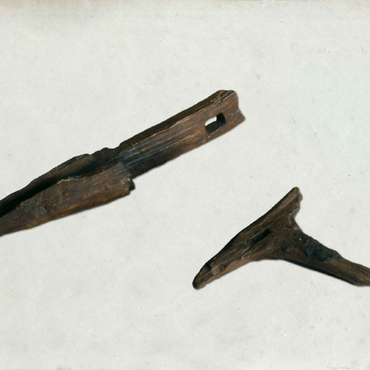
- Home
- Daily life
- Agriculture and subsistence
- Tools
The hoe, the spade and the scratch plough are the only cultivation tools we have evidence of today. The scratch plough was pulled in one direction across the whole of the field and then turned at right angles and pulled in the other direction, making a criss-cross pattern. This tool was also used for covering seed with soil. The hoe was used instead of the plough on small areas.
Seed was broadcast but it could also be sown in rows or in holes, in the case of millet or legumes. Protohistoric fields were much less uniform than modern fields, as weeds grew in abundance and the cereal crops all grew to different heights, hence the need to adapt harvesting techniques. The ears, clusters and pods could be picked individually by hand or cut with a knife. Sickles were used to cut handfuls of stalks (swaths) in a single movement. The harvesting machine known as the "Gallic combine" actually dates from the Roman period.
The tools used for cleaning the harvested crops were probably made of perishable materials such as wood, skin and leather, since none have survived. The use of flails, threshing sleds (tribulum), winnowing baskets, winnowing forks and shovels, and riddles to clean the grain, has been deduced from ethnographic observations and microscopic botanical remains (pollen, phytoliths).
The Gauls invented the scythe in the first century BCE. They used it for harvesting the grass used to feed the cattle during the winter. As well as hay, the forage consisted of leafy branches, twigs, legume stalks, straw and grain (barley and wheat). Rye was not yet being grown during this period.



